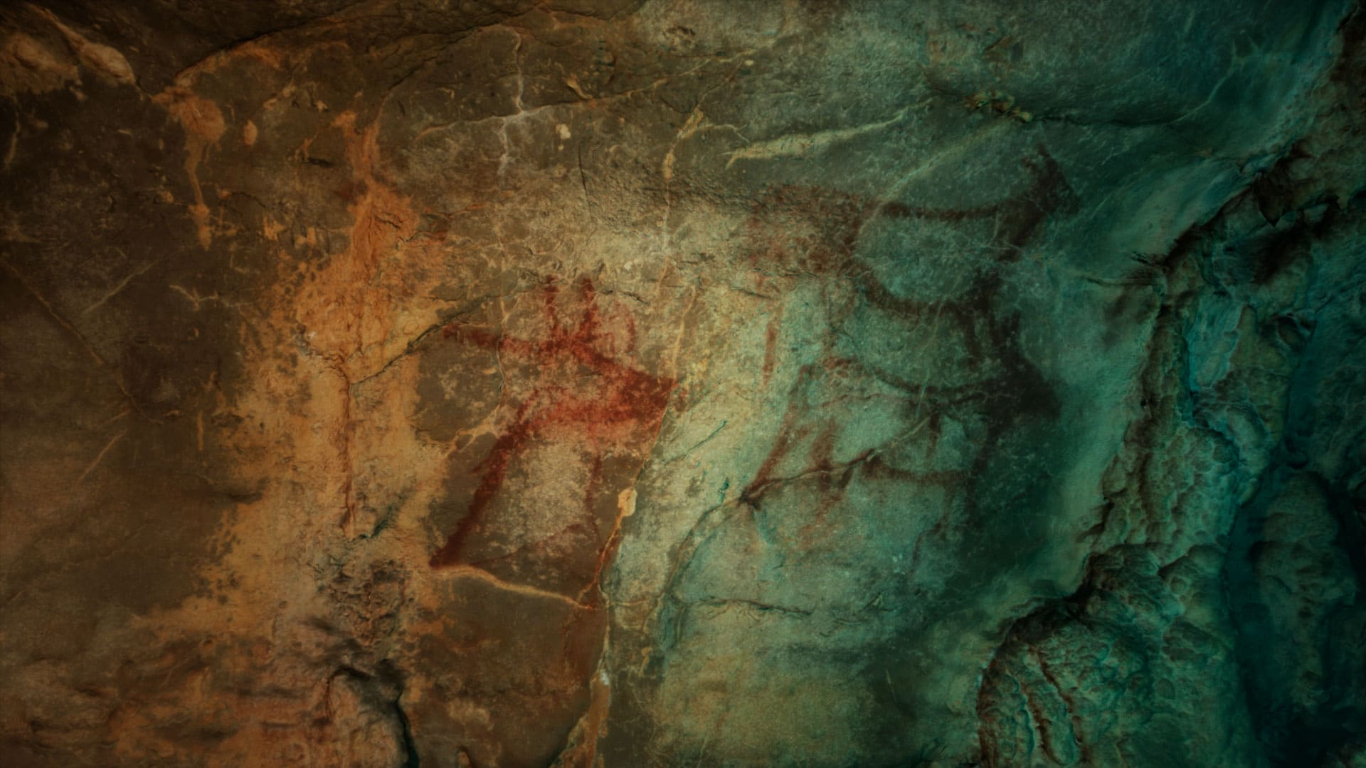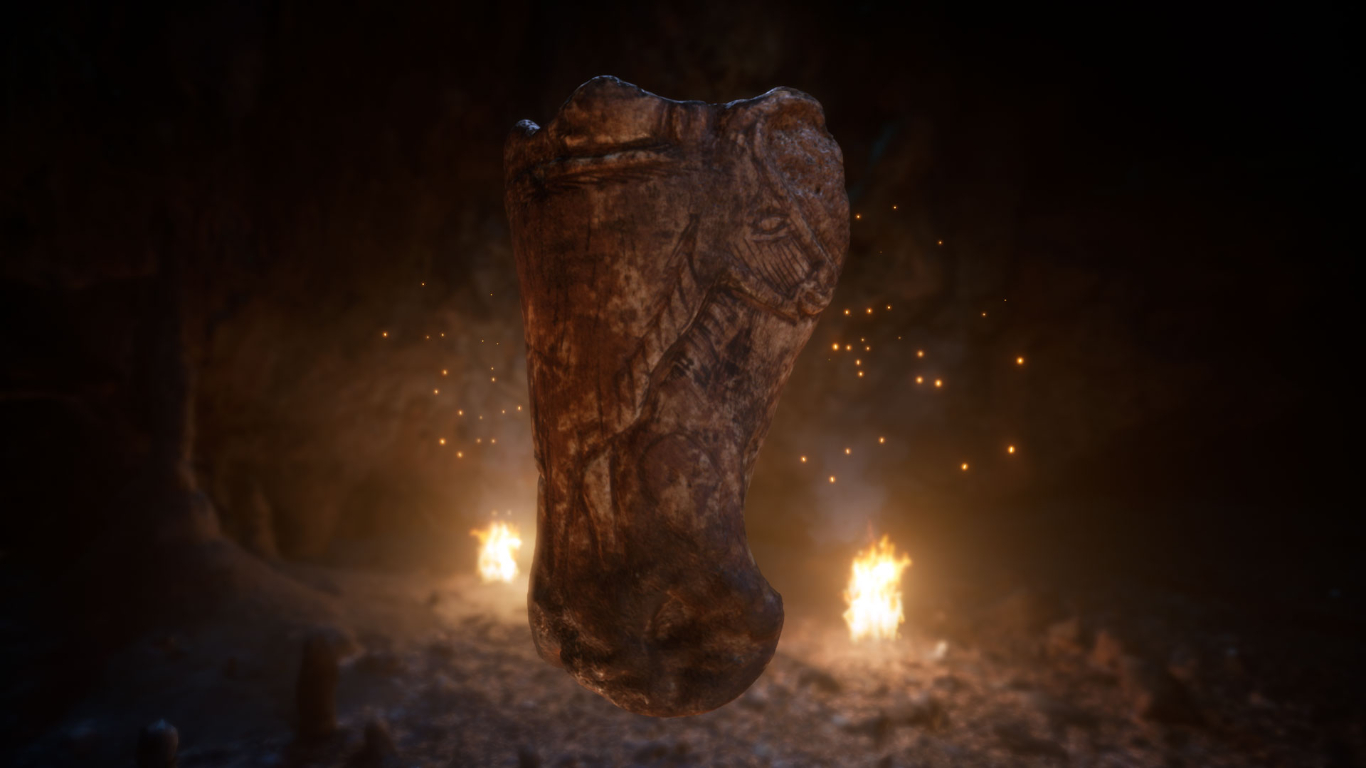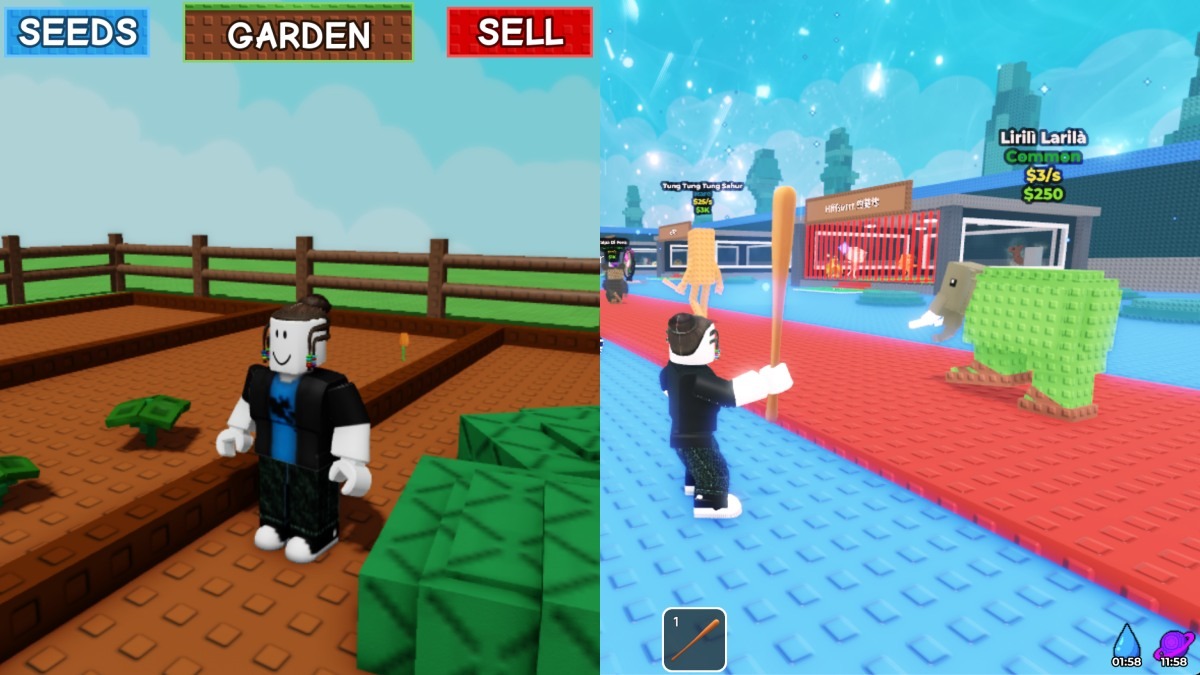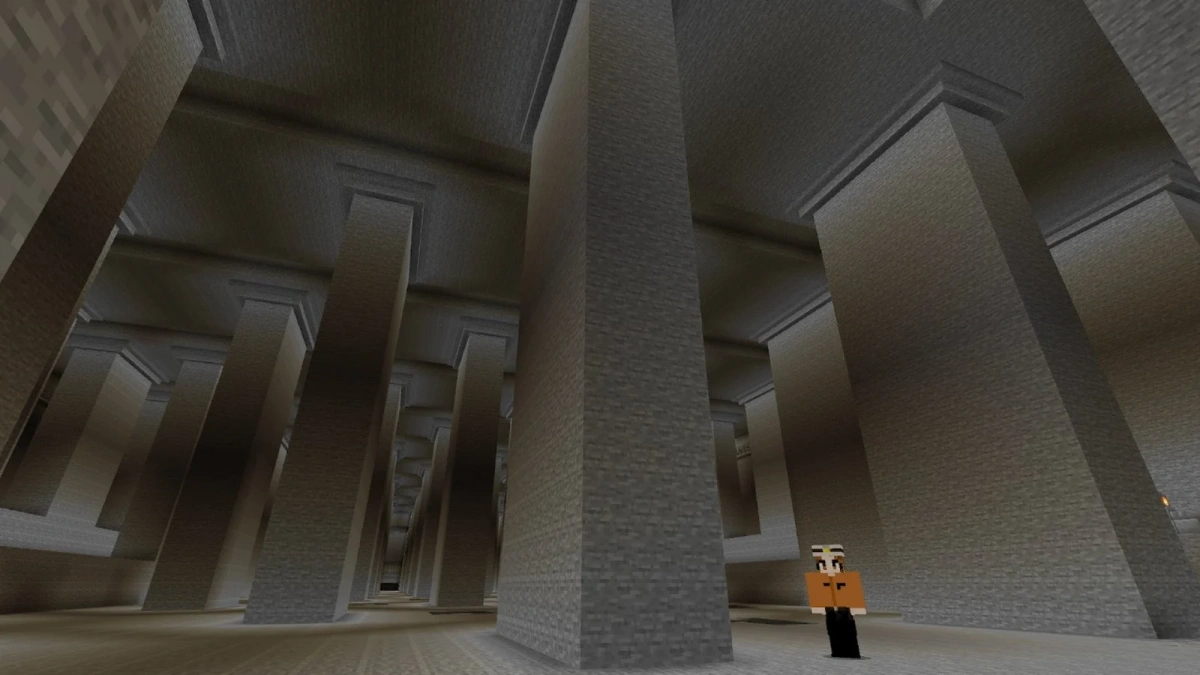Explore Protected Paleolithic Caves – Only in VR

Metaverse
5 minutes read
Nominated for Best Documentary Experience at Raindance Immersive and narrated by Geraldine Chaplin, Memoria: Stories of La Garma is an interactive VR documentary that explores the memories trapped inside the cave of La Garma in Santander, Spain. Untouched until its discovery in 1995, you’ll unleash the stories of the humans who took shelter in the cave over 16,000 years ago.
Exclusive to Viveport Infinity, Memoria offers the unique chance to explore this archeological site that was captured with millimetric precision using laser scanners and photogrammetry. We recently had the chance to speak with Rafael Pavon, Director of Memoria: Stories of La Garma and Roberto Ontañon Peredo, Director, Museum of Prehistory and Archaeology of Cantabria. Check out our interview below:
To start, can you tell us the history of La Garma and why it’s so unique?
Buried deep into the hills of Spain’s northern Cantabria region, is the largely undiscovered, historical treasure – La Garma cave complex, included in the World Heritage list and supported by the World Monuments Fund. A time-capsule and Pandora’s box that has escaped human interference for nearly 16,500 years due to a landslide that sealed the cave, resulting in a treasure trove of over 80,000 intact remains, skeletons, artifacts and some of man’s earliest rock art from the Paleolithic era.
Most of the recent discoveries inside the cave aren’t even on Wikipedia yet. The rock art in La Garma makes up one of the best archaeological sequences in Europe, with evidence of human activity spanning over 380,000 years, up until the Middle Ages. Despite the relatively recent discovery of La Garma cave system in the early 90s, its sensitive ecosystem means that only 50 visitors have ever been granted access.

It’s interesting only 50 people have been able to physically go into the caves. Is it closed to the public generally?
La Garma is the name of a limestone hill intensively hollowed out by water during millions of years, forming a karstic system with ten caves that interconnect inside. The Sancta Sanctorum of the cave system is what we called the Lower Galley, a cave 300 m long whose entrance collapsed 16,000 years ago, only accessible today by entering a narrow and passage and descending two chasms.
The access is difficult and dangerous, and this explains one of the main risks involved in visiting the cave. The other one is the extraordinary wealth of the cave, with thousands of remains of human activity from the Upper Paleolithic lying on the floor, in plain sight, and on the walls and the ceilings (cave art, with painting and engravings), miraculously preserved in a delicate environment which can be easily damaged by the entrance of daylight or even by a tiny alteration in the subterranean ambiance, including those induced by human presence. It is because of those two reasons that the cave is close to the public generally.
What did archeologists and researchers discover – did they find something new?
We have been working at the archaeological zone since 1995 and we have discovered lots of things due to its incredible richness. La Garma is like an archive of the European Prehistory, from the first human occupation of the region in the Ancient Palaeolithic (pre Neanderthals) to the middle Ages. The archaeological sequence is amazing, and so they are the assemblages corresponding to each period. But the most astonishing place is the Lower Galley, in which, as I’ve just told, a camp from the Middle-Magdalenian period has been preserved intact as it was abandoned 16,500 years ago before the entrance of the cave collapsed.
We have found here not only thousands and thousands of implements, broken bones and seashells, but also a striking set of decorated objects as well as five habitat structures (like huts) made with stones, wood and furs (one, of a cave lion), and a wonderful ensemble of Palaeolithic cave art constituted by more than 400 graphic units, including geometric signs and hand stencils, and beautiful depictions of animals like horses, bison, aurochs, ibex, deer and other species. In this complex panorama, the VR has helped in our research, as it allowed us “to be” in certain places that we cannot reach and see things that are invisible in the cave.
The last and exciting discovery is a burial site from the Visigoth period (VII-VIII centuries) located in the innermost sector of the cave system, beside a subterranean river.

Why did you turn to VR to tell this story to the public?
Due to the need to preserve the cave and its complicated access, opening the real cave to the public was never a possibility. The locals have always wanted to see it and even demanded the government to open it various times, unsuccessfully. This craving was natural, as some of the most overwhelming stories from our past are still alive inside the cave. Still, it caused an unsolvable problem: How can you allow people to experience the cave in a safe, non-invasive and sustainable manner? After more than 20 years, the solution came through virtual reality. This new medium allowed us to replicate the cave in a millimetric precision and amplify it by adding a layer of emotional storytelling and interaction to it, thus breaking the physical limitations and finally opening the cave, not just to the locals, but to the whole world. No other medium has that power.
Has VR played a role in researching the cave?
From the beginning, our aim was to be so precise in our approach that, not only users would connect emotionally with the cave, but even the archaeologists could use it to explore it without having to go inside the cave every day. We were very aware that this approach was very ambitious, but we remained strict with this. The first time the archaeologists explored the model of the cave in VR, they spent hours exploring all the details, looking at things from different perspectives, and even discovered a new human footprint they haven’t seen in the cave in 24 years.

What are some of the discovered objects that users will be able to examine at home?
The experience explores three of the spaces of the cave, with different elements in each area. One of the most extraordinary memories is the ghost of an old cave lion who went to die at La Garma. The bones are in an inaccessible place of the cave, but in the experience, we could see the lion entering the cave and even looking at us in his lasts moments. Users will also be able to examine different carved bones and artifacts left before the collapse and see how different paintings were made. Notably, one of the most surprising discoveries of La Garma: a corrected drawing where someone corrected the perspective of antlers fifteen thousand years after the original painting.
Want to explore the cave and its memories yourself? Memoria: Stories of La Garma is now part of your Viveport Infinity library. Play now.


